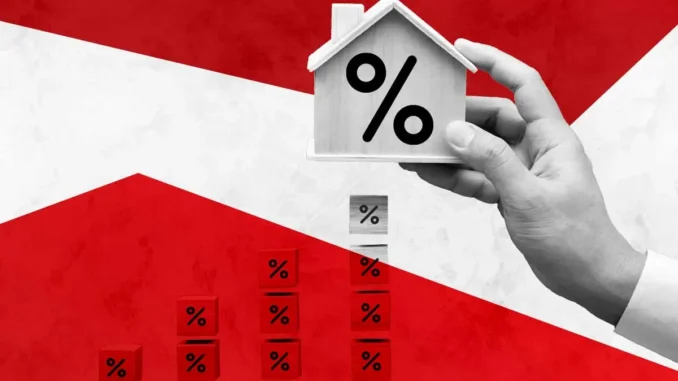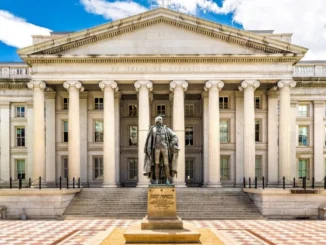
It’s proving to be a brutal February for the mortgage industry, with mortgage demand falling for the third time in four weeks. At a time when purchase activity typically ramps up, the latest mortgage application data is showing that mortgage demand is dropping due to mortgage rates climbing back up.
Mortgage applications decreased 13.3% for the week ending February 17 compared to the previous week, according to the Mortgage Bankers Association. Mortgage demand was down 56.8% compared to the same period last year.
The latest economic data from a solid jobs report, along with a sharp rebound in retail spending and slowing disinflation shifted market expectations. This compelled investors to up their bets that the Fed will have to keep raising its federal funds rate through the summer.
Instead of the central bank pushing the pause button on its tightening of its monetary policy in March, the pause is expected to come in June following three additional 25 bps rate hikes.
This has caused a spike in the 10-year Treasury yields, which acts as a benchmark for mortgage rates. The 10-year Treasury yield rose to 3.95% on Tuesday, up from the previous week’s 3.77%.
“This time of the year is typically when purchase activity ramps up, but over the past two weeks, rates have increased significantly as financial markets digest data on inflation cooling at a slower pace than expected,” Joel Kan, MBA’s vice president and deputy chief economist, said in a statement.
The purchase index declined 18% from a week earlier and was down 41.5% from the same period in 2022. The refi index decreased 2% from the previous week and was down 72% from the same week a year ago.
Rising mortgage rates
Mortgage rates increased across all loan types last week, with the 30-year fixed rate jumping 23 basis points to 6.62% – the highest rate since November 2022.
The 30-year fixed-rate mortgages with conforming loan balances ($726,200 or less) increased to 6.62% for the week ending Feb. 17, jumping from the previous week’s 6.39%, according to the MBA. Rates for jumbo loan balances (greater than $726,200) rose to 6.44% from 6.26% in the same period.
At HousingWire‘s Rate Center, the Optimal Blue data showed rates at 6.638% on Tuesday, up from last week’s 6.441%. At Mortgage Daily News, rates were even higher at 6.87%.
The share of refis in mortgage activity increased marginally to 32.5% of the total applications, up from 32% the previous week, and adjustable-rate mortgages (ARMs) also rose to 7.6% of the total.
The FHA share decreased to 12.1% from 12.6% from the week prior, while the VA share declined to 12% from 12.6%. The USDA remained at 0.6%.
The expectation is that mortgage rates may rise to the 7% level soon, putting rates back to where they were in November 2022.
Affordability challenges and the lock in effect
With rising rates will come affordability rates and a “lock in” effect, economists predict.
“Many existing homeowners have mortgages with rates that are well below current market rates, which acts as a strong disincentive to move,” Fannie Mae‘s economic and strategic research group said in its latest outlook.
For these reasons, LOs — including loanDepot’s Baret Kechian — are seeing less move-up buyers than they did before.
“Because even though they might be running out of space a little bit, unless they’re absolutely bursting at the seams, it’s hard to give up a 2.8% rate and trade it in for 5% or 6% and also go to a more expensive property,” Kechian said.
Fannie Mae forecasts that this year’s home sales will be about 4.67 million units before rebounding to 5.12 million units in 2024. Still, this pace is much slower than it has been in recent years due to ongoing affordability challenges.
“The increase in mortgage rates has put many homebuyers back on the sidelines once again, especially first-time homebuyers who are most sensitive to affordability challenges and the impact of higher rates,” Kan said.



